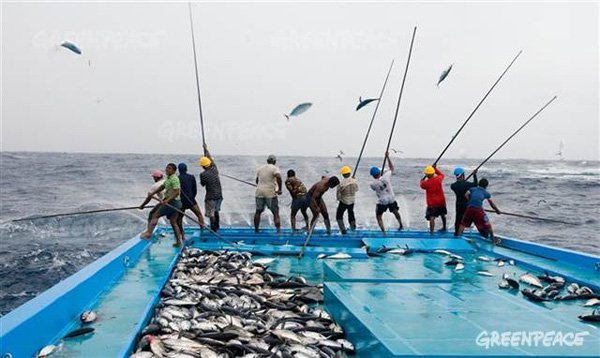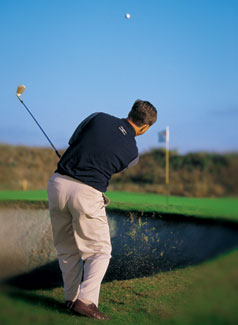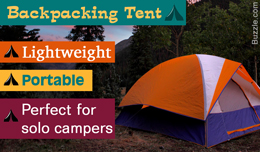DEFINITION OF TERM
Question
I'M READING LYNN HILL'S BOOK. SHE TALKS ABOUT "JUMMARING". FROM THE CONTEXT, IT SEEMS TO BE A TECHNIQUE FOR PULLING YOURSELF UP INSTEAD OF CLIMBING THE ROUTE. I CAN'T FIND THE WORD IN THE ONLINE WEBSTER'S DICTIONARY. DO I INTERPRET THE TERM CORRECTLY? IS THE "U" PRONOUNCED LIKE A "U" IN "NUMB" OR A "U" IN "USE"? IS THE ACCENT ON THE FIRST SYLLABLE OR ON THE SECOND SYLLABLE?
THANKS,
PATTY
Answer
Hi there Patty,
That is supposed to be a great book, I look forward to reading it as soon as I have time. I met her a few years back and I must tell you, she is one incredibly nice woman. She and I talked for about a half an hour and she was very intense yet very interested in what we were discussing. I was very honored to have met probably the greatest female climber in the world. If ever you get the opportunity to hear her speak, I am told she puts on a great presentation.
As for "jummaring", it is actually spelled JUMARING with one M. Jumaring (aka. to Jumar), also refered to as Jugging, is where the second climber (the one who belayed the leader on the route) uses ascenders to climb the rope instead of climbing directly on the rock. Along with the ascenders, a webbing "ladder" called 蓆rier (or Aiders) are used to allow the climber to use their feet to step up the rope vice pull themselves up the rope.
Jumaring is not typically done on "free" routes where a climber uses his or her hands and feet on the rock, climbing the features, edges, cracks, and pockets that the route provides. Typically jumaring is reserved for aid climbing where the climbers are climbing very featureless faces of rock, usually with very thin cracks that a person probably could not get their fingers into to make the holds useful. In aid climbing, the climbers are very dependant on gear placement to ascend the route, using the 蓆rier to step as high as possible on a piece of gear to place another piece of gear. Since gear can get very heavy the more you add, or some pieces are only intended for placement for movement and not protection, the leader does not leave every piece of gear he places to climb the route. The leader can climb with a lighter rack if he or she places gear necessary to advance on the route, then removes gear regularly as he steps into the next higher 蓆rier, yet leaving enough safely placed gear to protect against a fall. Once the leader has set up the belay, the former belayer begins climbing the rope. Since the leader has more than likely removed a great deal of gear as he or she climbed the route, and the rock being relatively featureless, it makes Jumaring necessary to ascend the route.
I hope I have made this fairly clear, if not please write me back and I will explain it in better detail. As for pronunciation, it is Jew-mar-ing with the accent on the first syllable. Likewise, there is a great site as far as terminology goes at http://home.tiscalinet.de/ockier/climbing_dict.htm that has most every term associated with climbing, as well as translation to other languages (should you ever go climbing in Spain, France, or Germany). There are many of other dictionary sites but this one happens to be much more inclusive than the others. I did see another site a few months back that was just starting up that was looking even more informative, but I can't recall the address. Sorry. Anyway, enjoy the book, and let me know if there is anything else I can help you with.
Off Belay,
Alan Nelson
safety gear/ top ropes
rocks


